Invisible Touch by Genesis
Buy Invisible Touch Genesis completed their full metamorphosis into a pure pop/rock outfit with 1986’s Invisible Touch, the top selling album of the group’s long career. The group’s thirteenth overall studio album, it […]
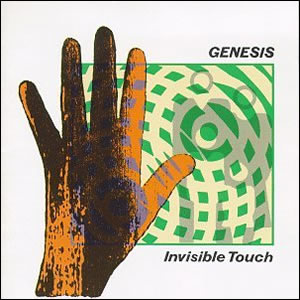
Buy Invisible Touch Genesis completed their full metamorphosis into a pure pop/rock outfit with 1986’s Invisible Touch, the top selling album of the group’s long career. The group’s thirteenth overall studio album, it […]
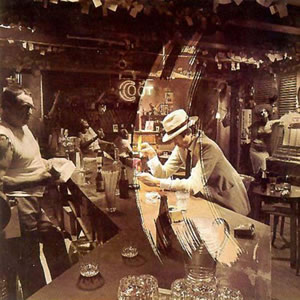
Buy In Through the Out Door Through most critics eyes, the years have not been kind to, In Through the Out Door, the final studio album by Led Zeppelin and only one released […]
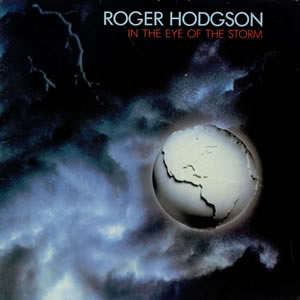
Buy In The Eye Of The Storm Although it was not a great commercial success, Roger Hogdson‘s debut album did well in advancing the compositional foundation that he established in his decade-plus as […]
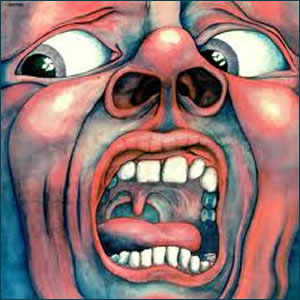
Buy In the Court of the Crimson King Seldom does a band release a debut album as critically and financially successful as In the Court of the Crimson King, an Observation by King […]
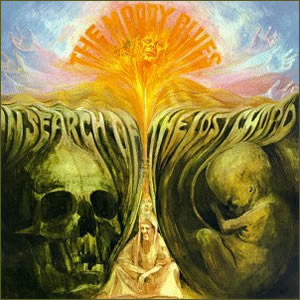
Buy In Search of the Lost Chord In Search of the Lost Chord is a deeply philosophical album by The Moody Blues, built around the concepts of quest and discovery. Musically, the album […]
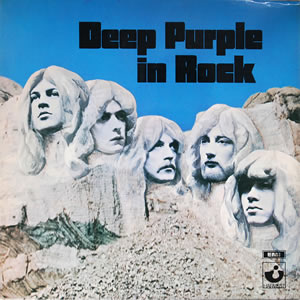
Buy Deep Purple In Rock The famous Mark II lineup of Deep Purple launched their first pure rock album in a big way in 1970 with Deep Purple In Rock. This output was […]
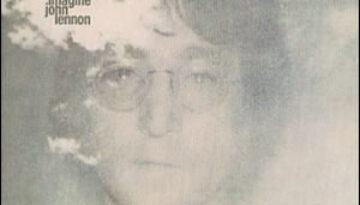
Buy Imagine Imagine, the second full post-Beatles album by John Lennon, kicks off with an idyllic song envisioning a utopian world where there is no conflict and everyone agrees. Sounds pretty good on […]
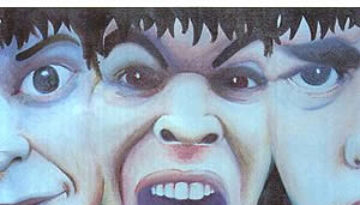
Buy I Should Coco Supergrass released their debut album, I Should Coco in 1995. This energetic and eclectic record features an array of rock sub-genres from Brit pop to punk to ska to […]

Buy Hysteria After the great success of their 1983 album Pyromania which sold 6 million copies, Def Leppard set out to achieve even loftier goals. They wanted to write an album made of “greatest hits” […]
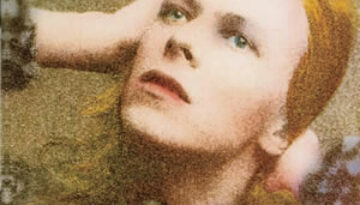
Buy Hunky Dory Classic Rock Review has launched a new feature called “What Did We Miss?” to revisit some albums that we overlooked the first time through our voyage into the classic rock […]